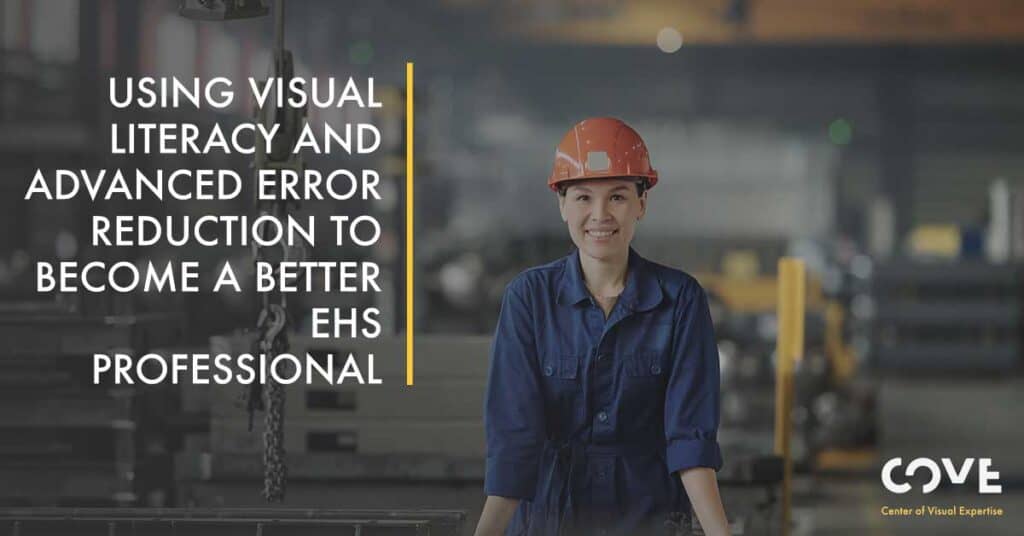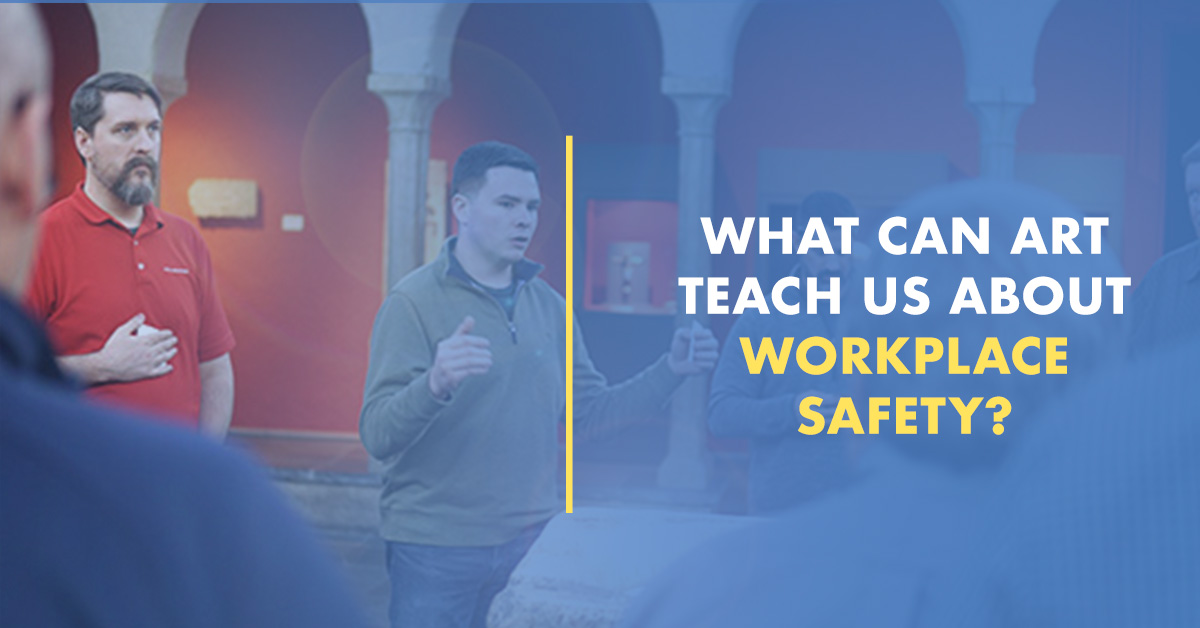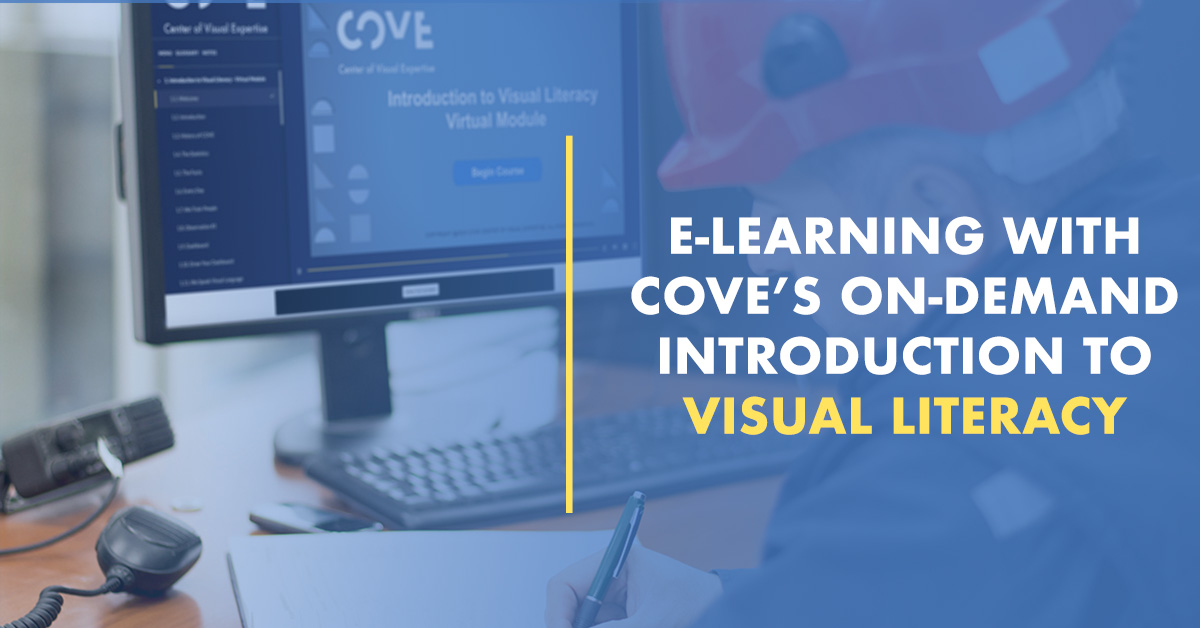Bridging the Gap Between Technical Skills and Soft Skills
Technical knowledge is the foundation of EHS professional competency. Complying with applicable regulations, identifying and abating hazards, assessing and prioritizing risks, employing the hierarchy of controls and implementing management systems are requisite “hard skills.” But career success increasingly depends on supplementing technical know-how with so-called “soft skills.”
According to a 2019 LinkedIn survey of more than 5,000 recruiters, 91 percent said the need for soft skills is the most likely trend to transform employer hiring practices in the future. Eighty percent of respondents said soft skills are increasingly important for a company’s success.
But a gap exists between the skills needed for both personal and organizational success, and the skills actually possessed by employees and prospective employees. A 2018 survey conducted by the Society for Human Resource Management of more than 1,000 of its members found 37 percent identifying problem-solving, innovation and creativity as the soft skills most lacking in the workforce. Being able to master complexity and ambiguity (32 percent) and effectively communicating (31 percent) were other prominent skills often missing in professional portfolios.
Navigating Complex Challenges in a Rapidly Changing Environment
EHS professionals routinely encounter complex problems and ambiguous issues that require innovative (fresh) and creative (resourceful) thinking. Look no further than the COVID-19 pandemic. Safety guidelines are often complex; some running hundreds of pages long. Instructions from global, U.S., state and in some cases county and municipal authorities at times are confusing and conflicting. The Centers for Disease Control and Prevention (CDC) and OSHA have changed positions and recommendations numerous times in response to pressures or as new information emerges.
Workplace COVID-19 plans for protecting employees, working from home, handling concerns, explaining medical risks and reopening facilities are communicated using an array of platforms:
- emails
- text messages
- virtual meetings
- conference calls
- written and verbal messaging.
A feedback loop allows employees to anonymously report hazards and complaints. Adding to the communication challenge: many EHS pros are working remotely from home, without the benefit of face-to-face interaction and facility walk arounds.
Leveraging Tools and Methods for Effective Problem-Solving
Tools and methods are available to help EHS professionals steer their organizations through the pandemic crisis, and also to address any number of health and safety related problems, complexities and ambiguities.
Contradictory accounts of incidents cause problems getting to root causes. Many regulations are hard to decipher and are open to interpretation. Management may send ambiguous signals on the importance of staying safe while ramping up production.
Visual Literacy and AERO increase EHS professionals’ effectiveness by sharpening critical thinking.
What is critical thinking? Critical thinking is commonly defined as the objective analysis and evaluation of an issue in order to form a judgment. Building competency in critical thinking thru visual literacy and AERO looks like the following:
Understanding and Leveraging Personality Tendencies
Being aware of and tailoring approaches to personality tendencies in the workforce. Knowing personality tendencies improves one-on-one conversations, pre- and post-shift huddles, training, how to staff committees and how to conduct team meetings. Personal tendencies are grouped around task-oriented individuals and people-oriented individuals. More specific subsets of these personal tendencies are doers, thinkers, socializers and relators.
Identifying and Addressing Human Performance Triggers
Understanding human performance triggers (error-provoking conditions, systems, behaviors and controls) resulting in adverse consequences allows you to intervene proactively to reduce the probability for error. You don’t wait on the behavior that produces the incident and analyze it afterward.
Enhancing Observational Skills
Visual Literacy’s Seeing the Whole PICTURE® broadens your capability for identifying hazards. Slow down to observe closely and carefully describe what you see. Narrow and rushed observations lead you to spot the hazards you already know, or you fail to recognize risky conditions because they fade into the work environment as you walk past them every day.
Fostering Collaboration and Inclusion
AERO and Visual Literacy concepts are inclusive. Collaboration is key. Inclusion brings more people into decision-making. You want different skills, ideas and personality types at the table. There is an art to involving others that can be taught.
Leveraging Diversity for Innovation and Problem-Solving
AERO and Visual Literacy both emphasize diversity. Seeking out diverse opinions is critical thinking that solves problems and promotes innovation and creativity.
Learning from Incidents and Near-Misses
Careful observations that are analyzed and interpreted during incident and near-miss reviews lead you to their real triggers and precursors. You learn and create more effective proactive corrective actions to prevent future adverse events.
Tailoring Communication to Diverse Audiences
Being aware of the personality tendencies of those around you helps align communications to diverse audiences for better comprehension.
Becoming a Proactive Safety Leader
Visual acuity makes you a more detail-oriented observer, less likely to brush off what seems familiar. Understanding the “traps” that exist in the work environment, in individual capabilities, and in task demands and human nature makes you a more effective coach. You respond to error and incident precursors, and teach others how to do so, instead of having delayed reactions to conditions, actions, and hazards.
Breaking Free from the Blame Culture
EHS professionals live in a world that is not tolerant of mistakes. Costs are calculated. Victims are blamed. Discipline can be quick. There is a hesitancy to speak out about hazards, errors and fault lines in the culture. This climate stifles the critical thinking attributes of innovation, creativity and honest communication. It hinders the development and growth of EHS professionals.
The environment that is home to many EHS professionals has a tendency to accentuating the negative. The focus is consistently on what went wrong – accidents, property damage, emergencies, close calls, equipment failures, risk-taking, waste, and environmental degradation. The language of this environment does not lend itself to creativity and innovation – breakthroughs in performance. The emphasis is on loss, liability, downtime, distractions, quick fixes, lost or restricted work days, worst case scenarios, incident rates, investigations and compliance. This leads not to breakthrough thinking but papering over problems.
Cultivating EHS Professionals as Leaders and Innovators
Visual Literacy and the human performance principles of AERO provide EHS professionals with a pathway to positive personal development. Communication is authentic and genuine. Observations probe for deeper meaning. A more holistic perspective is sought. Analysis, interpretation and description of events and opportunities for improvement draw on diversity and inclusion, and lead to discovery and innovation. Organizations that recognize and evaluate EHS professionals who possess these attributes will not see “cops on the beat” or “checklist compliance agents” but formidable influencers, engagers, leaders, problem-solvers and critical thinkers. Individuals who are valuable assets, not cost burdens.




